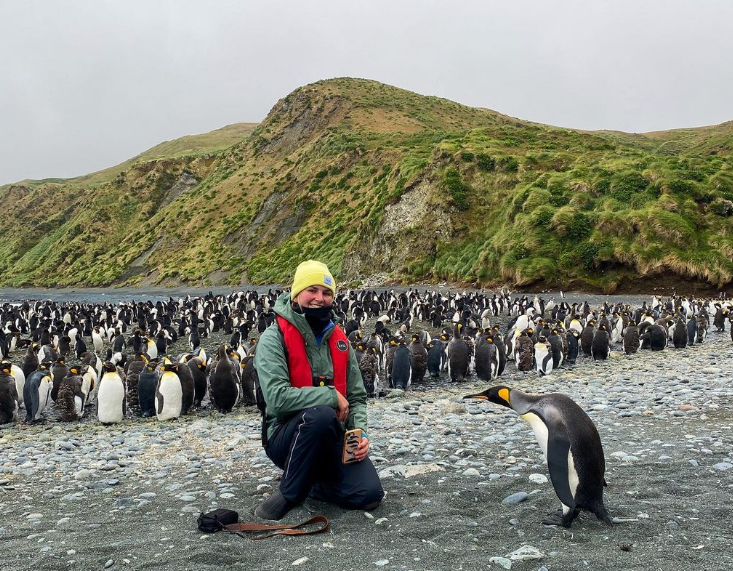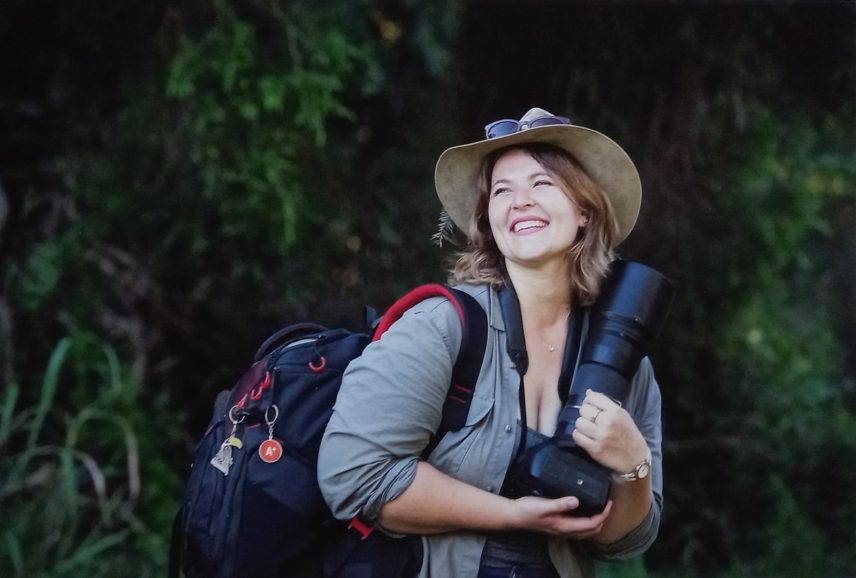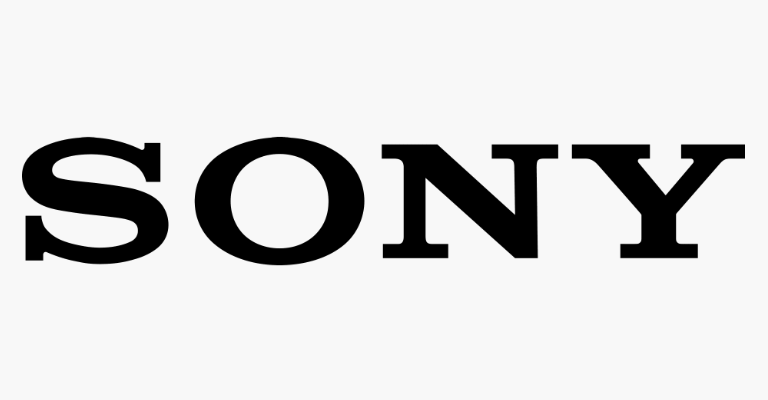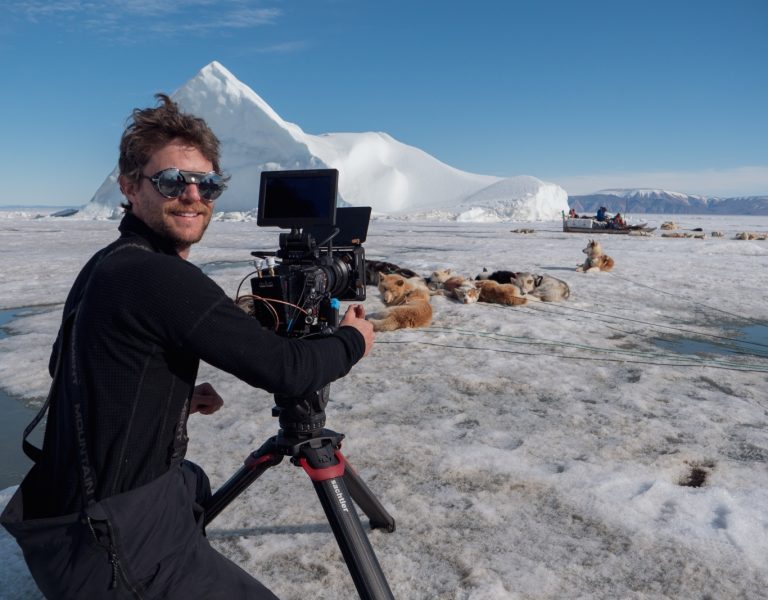FEMALE FORCE
Networking and support group Women in Wildlife (WiW) is connecting and amplifying women working within the wildlife industry. We hear from its founder and members about the group’s vital work.
The planet is facing climate and biodiversity loss crises that impact all of humanity and yet globally, women remain underrepresented in leading solutions to these urgent conservation challenges.
A study by The Nature Conservancy of the world’s largest conservation organisations found that men influence conservation and science decisions more than women. It said women experience sexual harassment and discrimination. Meanwhile, men reported the sector as a more equitable and favourable place for women than women themselves experienced.
A 2020 paper by US biologist Wendy Anderson outlined ways to mitigate gender bias in the sector including changes to recruitment, pay transparency, and career development policies.
Her work inspired Australian wildlife biologist Eliza Stott to do something about it. In 2021, she launched Women in Wildlife (WiW), a networking and support group whose primary goal is to connect and amplify women working within the wildlife industry.

She explains, “The three most significant unmet needs by women in wildlife agencies have been found to include opportunities for career development, lack of a strong female network, and flexible working hours.
“We hope to create a network of strong females working within the industry, to help bridge one of the gaps which are preventing women from thriving in dream wildlife careers.”
Her own experience throughout her university career, including now completing a PhD in wildlife parasitology, along with working within the wildlife industry fed into founding Women in Wildlife.
“The fact that women don’t feel they have other women they can lean on within the industry for support is an issue I wanted to address,” says Stott.
While nurturing roles such as zookeepers, vets, and nurses tend to be female, men tend to dominate roles in the field or in decision making roles within wildlife management.
The sector is incredibly competitive and many entry level jobs require volunteer experience. In a lot of cases that can lead to people’s time being exploited. The zoo industry is particularly poor in this regard, she says, where there is limited flexibility around individual needs.
“The underlying issue is that the industry is so competitive and male dominated,” Stott says.
Women in Wildlife is one of many groups that have sprung up to challenge the status quo. It recently expanded to a team of 12 – all volunteers – producing newsletters, webinars, a podcast and a schools outreach program. Over half of members are Antipodean with growth strongest in the UK, the US, Africa and Asia working in every aspect of the sector from researchers to veterinarians to cinematographers. WiW’s Instagram account has 7,800 followers and it’s about to launch an official membership program.
“We want to change the dial and highlight all the positive work women do and career pathways for women coming into the industry worldwide,” Stott says.
Sophie Darlington
Wildlife filmmaker Sophie Darlington believes WiW plays a valuable role in supporting women starting out in the industry. “It’s an important resource that I wish had been around 30 years ago. At least now we can share our experiences as well as encourage new talent in a safe space,” she says.
As technology plays a pivotal role in shaping the stories she wants to tell, particularly in wildlife narratives where swift and confident reactions are crucial, kit choice is pivotal for Darlington. With advancements in technology, filmmakers now have a broader toolkit at our disposal for storytelling and on recent productions, her go-to choice has been the ARRI Alexa35. “With its impressive 17 stops of dynamic range, intuitive user interface, and outstanding colour science, it provides the perfect combination of flexibility and quality,” she says. “The OLED MVF-2 viewfinder ensures edge-to-edge sharpness is essential for keeping fast-moving subjects in focus, while the option to shoot up to 120fps at 4K resolution adds versatility for capturing dynamic scenes.”
Latitude, contrast, colours, and sensitivity are key when Darlington shoots in remote locations. “The dynamic range of our equipment, along with its colour science and low-light capabilities, are paramount because we often encounter unpredictable light conditions,” she says. “Whether it’s capturing a sequence in the soft dawn light or harsh midday sun, we must have the confidence that our footage will grade aesthetically and convincingly across varied scenarios. As documentary filmmakers, we lack the luxury of controlled conditions; instead, we adapt to whatever unfolds before our lens. Therefore, having equipment that can handle these challenges with flexibility and reliability is essential to successfully capturing the story.”

Melissa Christi
Field ecologist Melissa Christi is a self-taught nature photographer who turned her love of the outdoors into a hobby then a profession. “After getting frustrated seeing fantastic little fungi, or some remarkable behavioural interaction that I might never see again, I realised that taking photos gave me a method of preserving those moments in time. I started with a tiny digital camera that fitted in the palm of my hand, and photographed everything I could.”
“When I started out ten years ago I didn’t see a lot of female cinematographers or photographers. That has changed for the better but one challenge is to see this follow through to higher levels of conservation which is still mostly populated by men.

Gail Jenkinson
Being part of a community such as WiW that is supportive of, and encouraging to other women working within the wildlife genre of filmmaking has been of great benefit to cinematographer Gail Jenkinson.
Advances in kit and technology have also helped her capture animals in action – when filming in high speed - behaviours that might not be possible to see with the naked eye. When regularly using cameras and equipment in extreme environments for wildlife filming, reliability and quality are essential. “This comes from cameras such as the Alexa Mini, which I’ve used in the Arctic, on land and sea, as you can be confident they won’t let you down in the cold,” says Jenkinson. “The Amira is a wonderful camera to use on your shoulder in fast-paced scenarios, ergonomically so well designed, so you can concentrate on creating images and capturing behaviour, that straight out of the camera, already looks beautiful.”

Steph Varley
Freelance photographer Steph Varley studied photojournalism at Leeds University and combined that with her interest in travel and wildlife.
“At university I didn’t realise this could be a career. I thought if you worked with wildlife you had to be a vet and if you wanted to do photography or journalism it was with newspapers. It wasn’t until I went onto social media that I was able to see there was a collaborative approach into my dream job.”
Varley is early into making a transition from photography to videography. A motivational speech by wildlife documentarian (and fellow WiW member) Roxy Rogan encouraged her to be more active online.

Praneetha Monipi
With almost two decades of experience working as an independent conservationist and animal welfare worker, Praneetha Monipi recently launched conservation non-profit, Adhvaya: Beyond Barriers.
“I want to change the perception that conservation only happens in forests and remote places when it can happen in urban areas or wherever you are,” she says. “I want to build something that is not for an elite group of research scientists and conservationists but brings people together every day.”
Monipi, who has a Masters in conservation from Oxford Brookes, has also encountered male bias at every stage. “The value of platforms like Women of the Wild – India and WiW is to know that you are not alone in dealing with [issues like harassment]. I’ve been threatened with rape and followed when out in the field. This happens to other women. Knowing there is a community that understands your struggles and offers coping mechanisms such as mental health strategies is one way of overcoming male imposed restrictions.”

–
Words: Adrian Pennington
This article is sponsored by ARRI

























